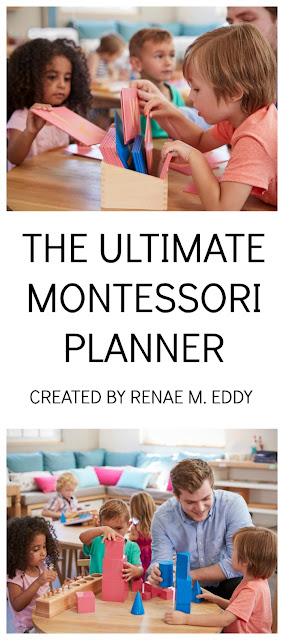It is completely normal to wonder what the worst cases of Reactive Attachment Disorder look like after learning about what RAD is and/or having a child diagnosed with it.
Caregivers want to hope for the best, yet prepare for the worst.
The good news is you can predict what one of the worst cases of Reactive Attachment Disorder will look like based on a specific set of criteria that children with RAD have in common.
This post describes diagnostic criteria for Reactive Attachment Disorder and what it may look like in children. There is a focus on worst case scenarios of RAD, so you can be prepared and make decisions appropriately.
Every child with Reactive Attachment Disorder (RAD) is different. Severity and the type of RAD behaviors depends on:
- The type of trauma the child experienced
- How long the trauma lasted
- How severe the trauma was
- How the child's brain developed
- If there are other co-existing disabilities
Reactive Attachment Disorder, like Autism, is on a spectrum.
As you read through criteria and behaviors, know that not every child with Reactive Attachment Disorder is going to have all of the behaviors discussed.
Some children may be low on the spectrum. Others may be more severe.
With each scenario that occurs, treatment in a psychiatric ward and/or residential treatment center may be warranted to keep everyone safe.
At times help may not be available because the behaviors are too severe.
In these cases families are faced with horrific decisions to keep family members safe.
Worst Cases of Reactive Attachment Disorder Explained
Pathological Lying
Pathological lying is a behavior that is very prevalent in children with Reactive Attachment Disorder. Their brains work backwards. Lying feels safer than telling the truth.
The truth comes with feeling emotions that may not be comfortable, which the RAD child tries to avoid at all costs. Feeling those emotions is scary and causes extreme anxiety.
Some children with Reactive Attachment Disorder are prone to dissociation and can black out in the midst of behaviors, and may not know what they're saying or doing in the moment.
Then there is the fact that many children with Reactive Attachment Disorder feel an absence of guilt. Telling the truth feels no different than lying, except for the rush of adrenaline lying can bring.
Lying also is a way for RAD children to receive attention from others they may desire. It can also be used as a way to manipulate others.
The sad truth is that caregivers suffer the most when it comes to RAD children's pathological lying. Lies are shared with teachers and others in the community. Child Protective Services may be called. An investigation can occur.
Worst Cases of Reactive Attachment Disorder: The child can't stop lying and ruins every relationship she enters. If lying comes with other concerning RAD behaviors, it can lead to being incarcerated, placed in residential, homeless, or on the run.
Pathological lying can also lead to caregivers being falsely charged of child abuse. At times caregivers can lose their children in these situations.
Chronic Stealing
Many children with Reactive Attachment Disorder struggle with stealing. Early on in life they may have learned that stealing was what was necessary for survival, and therefore feels good.
They may also feel that stealing is the only way they are going to receive something desired or of value.
Other children with RAD steal due to an absence of guilt, because of the way their brains operate due to the abuse and trauma they experienced.
Once this behavior occurs and RAD children feel the high that comes with stealing and not getting caught, stealing is hard to stop.
Caregivers can be held responsible for items their children with Reactive Attachment Disorder steal. Be aware that RAD children steal legal and illegal substances.
Worst Cases of Reactive Attachment Disorder: The child steals something of value from others, ending up in trouble with the law and being incarcerated, placed in residential, homeless or on the run.
Caregivers can also end up being in trouble with the law for stolen items of value found in the home.
Hoarding
Children with Reactive Attachment often hoard food and objects, fearing they will lose these things again, similar to what happened early in life related to trauma and abuse.
Hoarding may also be a way children with Reactive Attachment Disorder feel more in control. They suffer from extreme anxieties which may manifest through this behavior.
If unsanitary conditions occur at home when the child is a minor, the caregivers can be held responsible.
Worst Cases of Reactive Attachment Disorder: The child lives in unsanitary conditions that can lead to illness, disease and possible death, as well as create a fire hazard. Caregivers may be charged with in humane living conditions if they permit these behaviors in the home.
Food Issues
There are two extremes when it comes to food issues in children with Reactive Attachment Disorder. Some refuse to eat. Others gorge themselves.
Due to trauma and abuse early in life, many RAD children do not understand when they're hungry or full. Their interception sense is not as it should be.
There may be an aversion to food based on circumstances that surrounded receiving nourishment in the past. Some children may have been starved or forced to eat.
Many children with Reactive Attachment Disorder have undiagnosed struggles related to food such as allergies, gut issues, etc. When left untreated, more harm is done.
It's rare that RAD children don't have food issues. When paired with other Reactive Attachment Disorder Behaviors, food issues can lead to stealing and hoarding food, bulimia and/or anorexia.
Mealtime becomes a battle ground for control in the worst ways.
This behavior is a tricky one. Caregivers can be held responsible for the refusal to eat and unhealthy weight loss or gain. CPS investigations can occur to see if parents are in fact feeding their children.
Worst Cases of Reactive Attachment Disorder: Unhealthy eating habits lead to disease, body malfunctions, and ultimately death. Caregivers can be charged with neglect if a RAD child is malnourished and not eating, and be at risk for losing their children.
Verbal Attacks
Screaming, yelling, and swearing are not uncommon when raising a child with Reactive Attachment Disorder. Verbal attacks are constant. If there's a possibility of a battle, chances are there will be a battle.
Caregivers of children with Reactive Attachment Disorder often struggle with anxiety, depression, and PTSD because of the constant verbal attacks, which almost always lead to other behaviors.
So often caregivers try hard to avoid any confrontations, which in the long run can make things worse. They often think the RAD children's behaviors are their fault, In reality, caregivers are just weighed down and burned out from all of the verbal attacks.
Worst Cases of Reactive Attachment Disorder: A child with RAD may continue to attack family members and others with verbal assaults, pushing others away. At times this leads to getting in trouble with the law.
Destruction of Property and Vandalism
The destruction of property and vandalism can occur in a variety of ways when a RAD child is involved. This can include urinating and spreading fecal matter on furniture and surfaces.
Rages can lead to destruction of property in the home, school, and other recreational settings.
At other times destroying and vandalizing property just may feel fun. The high of not getting caught and absence of guilt are a dangerous combination.
Many times RAD children may not feel worthy of items received, and destroy them reflecting how they feel about themselves.
Other times children with Reactive Attachment Disorder push away from caregivers through destroying property in one way or another.
Unfortunately, this is another situation where caregivers can be held responsible for what their RAD children destroy and vandalize.
Repairs and replacements can be extremely costly and time consuming.
Worst Cases of Reactive Attachment Disorder: A child can be held responsible for destruction of property or vandalism and be sued for damages, incarcerated, placed in residential or go on the run to avoid the law. At times, due to the RAD child's age, caregivers can be held responsible for damages, no matter the cost.
Self-Injurious Behaviors
Children with Reactive Attachment Disorder have very low self-esteem. Self-injurious behaviors are one way to show just how little they think of themselves.
At other times RAD children may be recreating trauma from their past, hurting themselves as others hurt them.
Some children with Reactive Attachment Disorder enjoy the pain and sensory experiences related to self-injurious behaviors.
They may prefer these experiences over feeling emotions and working through them. It is also a way to focus their pain on something physical rather than emotional.
There are also some cases where self-injurious behaviors are related to depression.
Unfortunately there are also times when RAD children choose self-injurious behaviors to show how they feel about others, when they are feeling a lack of connection but are too afraid to attach.
Worse Cases of Reactive Attachment Disorder: A child with Reactive Attachment Disorder may self-harm to the point of suicide. At other times a RAD child may cover themselves with marks and bruises. These marks and bruises raise red flags for teachers and community members. Caregivers can be charged with abuse, lose their children, and face other consequences from law enforcement.
Cruelty to Animals
Animals are not recommended for children with Reactive Attachment Disorder.
Children with RAD are often extremely unkind to animals, harming them in a variety of ways.
They also may provoke animals to harm others.
Always consider the safety of the animal first when Reactive Attachment Disorder is involved. The two do not mix.
Caregivers can be held responsible for any animal behaviors that are provoked by the RAD child, regarding others. They can also be responsible for any harm an animal does to a child with Reactive Attachment Disorder.
Worst Cases of Reactive Attachment Disorder: The RAD child kills an animal or provokes an animal to harm another in a severe way that results in the animal leaving the residence or being put down. Caregivers can be held responsible for animal behaviors.
Cruelty to Children
It is often recommended that children with Reactive Attachment Disorder be the only children or youngest children in a family unit. This is because RAD children are often extremely unkind to children, harming them in a variety of ways.
Some children with Reactive Attachment Disorder harm other children openly. Others may find it more rewarding to harm children when others aren't looking.
Behaviors towards other children may include abuse received by the RAD child, or other cruel treatment. This abuse can include physical, emotional, sexual, and verbal abuse.
Children with Reactive Attachment Disorder may view other children as a threat and harm them to maintain control, especially when other children won't listen and comply with what the RAD child wants.
In a family unit, harming other children in the home may be the ultimate way to push back and not attach.
Caregivers are often held responsible for the behaviors of children with RAD towards other children in the community and at home.
Worst Cases of Reactive Attachment Disorder: The RAD child takes the life of another child and is incarcerated. Caregivers of a child with Reactive Attachment Disorder face charges of endangering the welfare of their other children and can lose all of their children.
Fire Setting
Some children with Reactive Attachment Disorder set fires. This is an extremely dangerous behavior that wreaks havoc on families with horrific consequences.
There are some RAD kids that enjoy the sounds and sight of fire. Others enjoy the thrill of starting a fire and watching things burn.
Fire can be used as a way to express big emotions, especially for those children with Reactive Attachment who don't feel safe sharing.
Caregivers can be held responsible for the damage caused by fires started by RAD children. The financial burden is great.
Worst Cases of Reactive Attachment Disorder: The RAD child can burn down homes, businesses and recreational places, being charged, incarcerated, or placed in residential treatment. Innocent people may die due to fires started by the RAD child. Caregivers can be charged with endangering the welfare of others.
Sexual Behaviors
Many children with Reactive Attachment Disorder have been sexually abused. They learn from their abusers and act out on others.
Other children with RAD use sexual behaviors as a way to control others around them.
Once sexual behaviors are present, it is very hard to make them stop.
These behaviors can affect siblings, younger children, animals, and adults.
Caregivers can be held responsible for the sexual behaviors of their RAD child.
Worst Cases of Reactive Attachment Disorder: The RAD child is caught, charged and incarcerated or placed in residential treatment. Caregivers are charged with endangering the welfare of others and receive consequences associated to that.
Angry Rages, Physical Aggression and Violence
Angry rages, physical aggression and violence are very common with RAD children. Usually these episodes occur when children with Reactive Attachment Disorder choose not to process through strong emotions and explode.
Other times angry rages, physical aggression and violence are ways to push others away.
Sometimes rages, aggression and violence occur when RAD children don't get their own way.
No matter the cause, these behaviors can be dangerous for everyone involved. Caregivers often end up with marks and bruises. Homicidal tendencies may be present.
If siblings are injured, caregivers can be held responsible.
Teachers and other authority figures may also be targets of this behavior.
This behavior is also challenging because it can result in adults needing to protect themselves and others from the RAD child, Behaviors may require restraints to be used by caregivers and/or law officials.
Worst Cases of Reactive Attachment Disorder: A child with RAD can severely injure or take the life of another person. Charges can be brought and the child be incarcerated or placed in residential treatment. Caregivers can be charged with endangering the welfare of other children in the home and lose all of their children. In cases where they needed to defend themselves, caregivers can be charged with child abuse.
No caregiver or professional can tell how severe behaviors related to Reactive Attachment Disorder may be until they occur.
Setting firm boundaries and safety plans and protocol are of the utmost importance when working to keep family members safe.
Professional help may also be needed as a form of documentation to show that caregivers are doing all they can to help the RAD child, and that only the RAD child is responsible for behaviors.
If you enjoyed this post, you may also like the resources below.



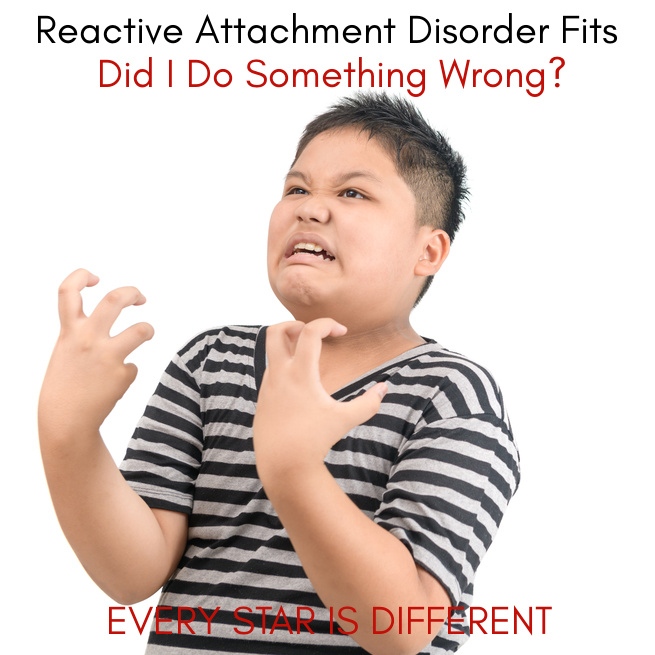

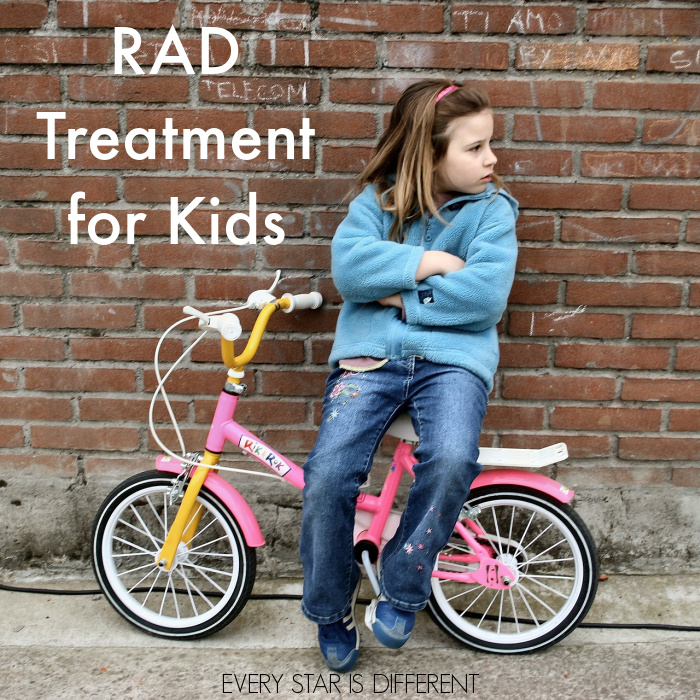









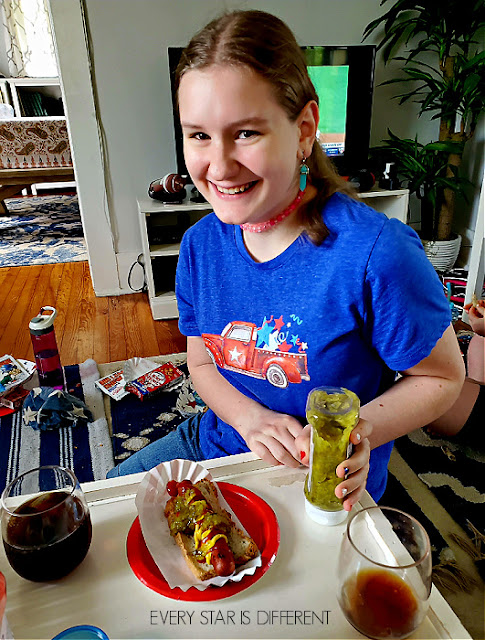











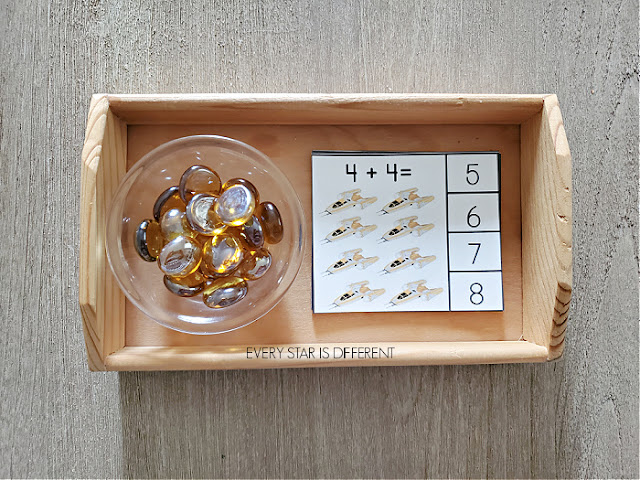
.jpg)


































